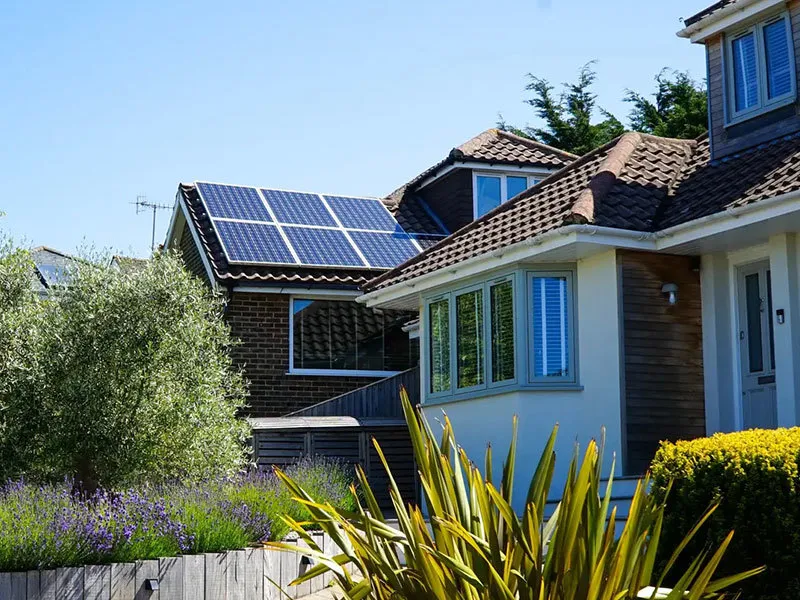Exploring the Benefits of Combining Green Roofs with Solar Panels for Sustainable Energy Solutions
The Synergy of Green Roofs and Solar Panels A Sustainable Solution for Urban Environments
As urbanization continues to rise globally, cities are grappling with the consequences of overcrowding, pollution, and climate change. In response to these challenges, innovative solutions are being explored to promote sustainability and enhance the quality of urban life. Among these solutions, the integration of green roofs and solar panels stands out as a powerful duo that not only improves urban aesthetics but also contributes to environmental health and energy efficiency.
Understanding Green Roofs
Green roofs, often referred to as living roofs, are layered systems installed on building rooftops to support vegetation. They can vary from extensive systems, which have shallow soil substrates and require little maintenance, to intensive systems, featuring deeper soil profiles and a wider variety of plants. Green roofs offer numerous benefits, including improved insulation, reduced urban heat island effect, enhanced air quality, and increased biodiversity within urban settings. By absorbing rainwater, green roofs also mitigate stormwater runoff, reducing the strain on municipal drainage systems.
The Role of Solar Panels
Solar panels, on the other hand, harness renewable energy from the sun, converting it into electricity. As technology has advanced, solar panel efficiency and affordability have improved, making them an attractive option for sustainable energy production. Integrating solar panels into building designs can significantly reduce reliance on fossil fuels, decrease electricity costs, and lower greenhouse gas emissions. However, the installation of solar panels traditionally requires ample roof space that is often limited in urban environments.
The Synergy Between Green Roofs and Solar Panels
green roof solar panels

Combining green roofs with solar panels creates a synergistic relationship that maximizes the benefits of each system. By placing solar panels on green roofs, building owners can harness the advantages of both technologies. The vegetation on green roofs helps to cool the solar panels, increasing their efficiency. Traditional solar panels can lose efficiency as temperatures rise, but the cooling effect of the green roof can mitigate this issue, leading to more electricity production.
Furthermore, green roofs offer additional insulation, which can maintain a more stable temperature for the building below. This can lead to reduced energy consumption for heating and cooling, complementing the energy generated by the solar panels. Essentially, this combination allows for a more holistic approach to energy management in urban environments.
Environmental and Economic Benefits
The environmental benefits of this integration extend beyond energy efficiency. Green roofs improve air quality by filtering pollutants and absorbing carbon dioxide. The vegetation aids in the creation of urban wildlife habitats, promoting biodiversity within increasingly concrete-dominated cities. From an economic standpoint, the installation of green roofs and solar panels can bolster property values and reduce energy costs over time, providing a strong return on investment for building owners.
Moreover, many cities are recognizing these benefits and encouraging the implementation of such green technologies through incentives and grants. Policymakers can play a crucial role in promoting the adoption of green roofs and solar panels by streamlining regulations and offering financial support.
Conclusion
As cities continue to expand, embracing innovative solutions like green roofs and solar panels is essential for creating sustainable urban environments. The union of these two technologies provides a compelling case for integrated building design, contributing to energy efficiency, environmental sustainability, and overall urban resilience. By investing in such initiatives, cities can pave the way for a greener, more sustainable future, demonstrating that nature and technology can coexist harmoniously in the heart of urban life.
-
Unlocking Energy Freedom with the Off Grid Solar InverterNewsJun.06,2025
-
Unlock More Solar Power with a High-Efficiency Bifacial Solar PanelNewsJun.06,2025
-
Power Your Future with High-Efficiency Monocrystalline Solar PanelsNewsJun.06,2025
-
Next-Gen Solar Power Starts with Micro Solar InvertersNewsJun.06,2025
-
Harnessing Peak Efficiency with the On Grid Solar InverterNewsJun.06,2025
-
Discover Unmatched Efficiency with the Latest String Solar InverterNewsJun.06,2025







